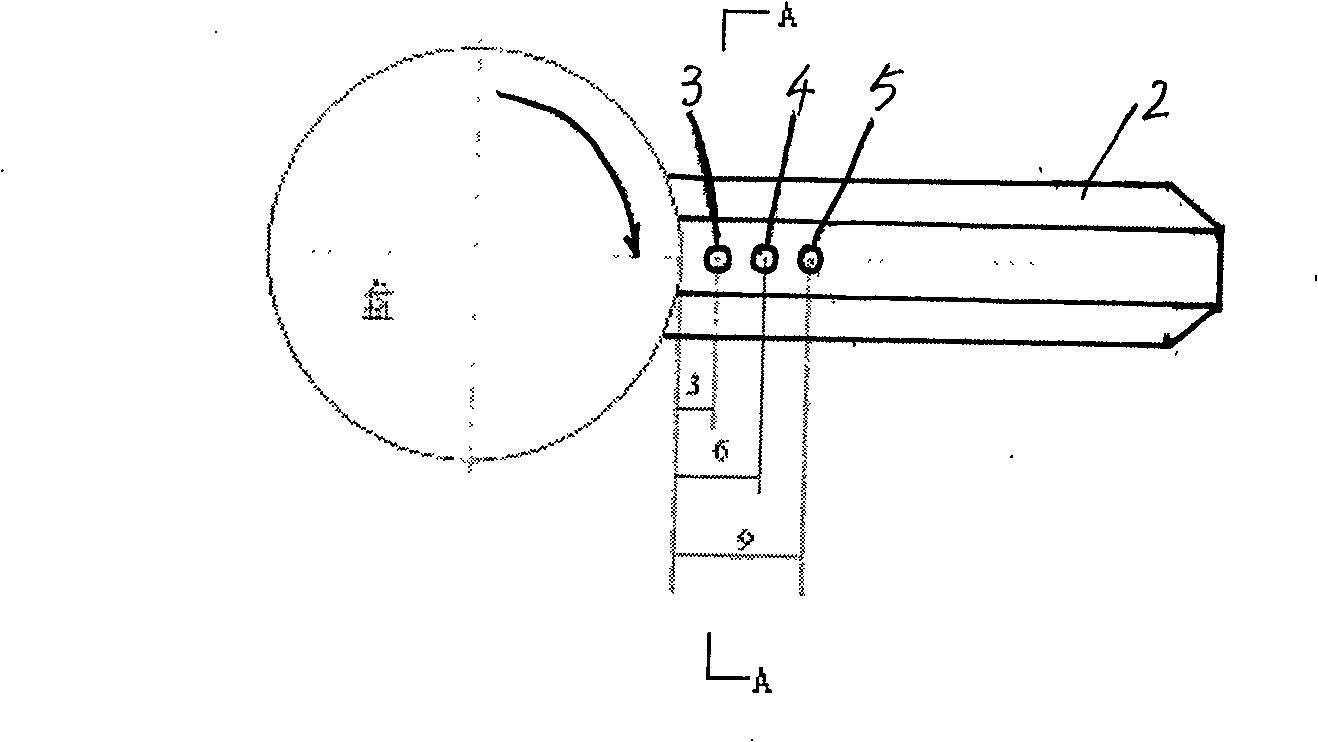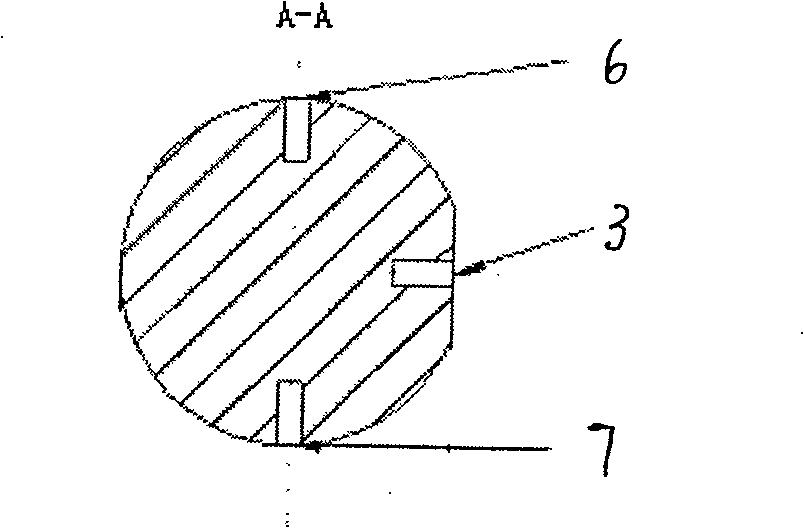Regulation test method for friction temperature, and pin sample for the same
A test method and friction body technology, applied in the direction of temperature control, machine/structural component testing, thermometer, etc., to achieve the effect of reducing friction surface temperature, low cost, and improving friction and wear performance
- Summary
- Abstract
- Description
- Claims
- Application Information
AI Technical Summary
Problems solved by technology
Method used
Image
Examples
Embodiment 1
[0027] Such as figure 1 , figure 2 , image 3 As shown, the structure of the pin sample used in the method of this embodiment is composed of a friction body 1 and a pin body 2 in the rear section. The thermal conductivity coefficients of the friction body 1 and the pin body 2 are different, and the friction body 1 and the pin body 2 are mechanically fitted as follows: Integral structure, in order to ensure that the interfaces are in contact with each other when inlaid, it is assembled with interference fit, and the interference is 0.15mm. In the radial direction and axial direction of the pin sample, there are temperature measuring holes for placing thermocouples, and the thermocouple monitoring test method is used for testing. Because the temperature of the friction surface temperature when the friction pair slides is very unstable, the present invention adopts the method of setting a temperature measuring hole on the pin sample and installing a nickel-chromium-nickel-sili...
Embodiment 2
[0032] The forced thermal conduction combined pin samples with different thermal conductivity Ti6Al4V, 45 steel, red copper and Ti6Al4V mechanical inlay were used for comparative experiments.
[0033] The results show that the Ti6Al4V-Copper with the best thermal conductivity has the lowest friction temperature, and the Ti6Al4V-Ti6Al4V with the worst thermal conductivity has the highest friction temperature ( Figure 6 ). If the friction temperature and thermal conductivity of Ti6Al4V-Ti6Al4V pin samples are used as base 1 for comparison, the relative friction temperature and relative thermal conductivity of Ti6Al4V-Copper and Ti6Al4V-Steel show an inverse relationship ( Figure 7 ). It shows that the greater the thermal conductivity, the lower the friction temperature.
PUM
 Login to View More
Login to View More Abstract
Description
Claims
Application Information
 Login to View More
Login to View More - R&D
- Intellectual Property
- Life Sciences
- Materials
- Tech Scout
- Unparalleled Data Quality
- Higher Quality Content
- 60% Fewer Hallucinations
Browse by: Latest US Patents, China's latest patents, Technical Efficacy Thesaurus, Application Domain, Technology Topic, Popular Technical Reports.
© 2025 PatSnap. All rights reserved.Legal|Privacy policy|Modern Slavery Act Transparency Statement|Sitemap|About US| Contact US: help@patsnap.com



